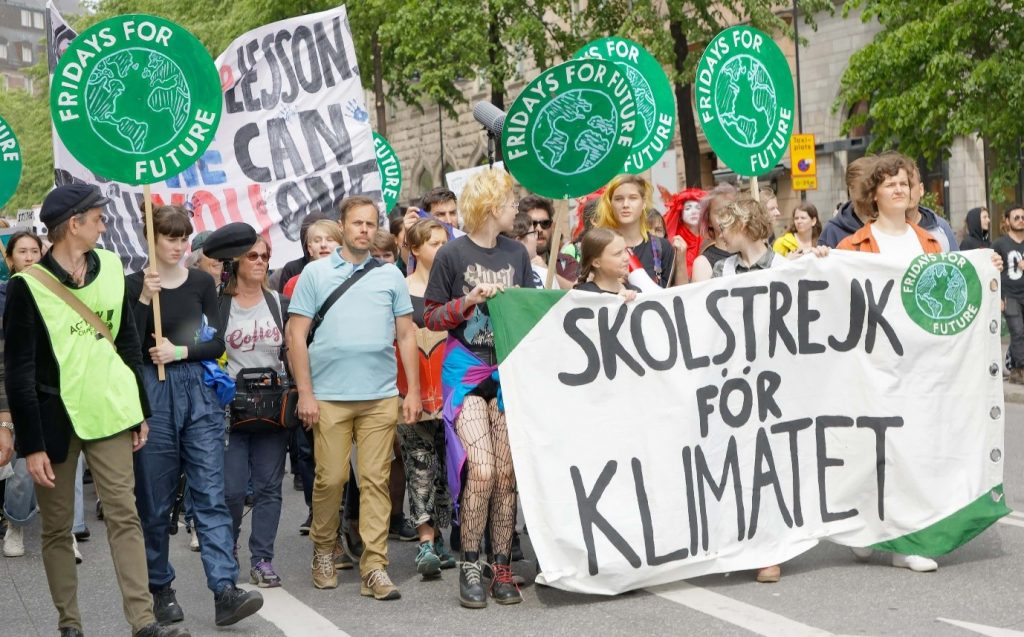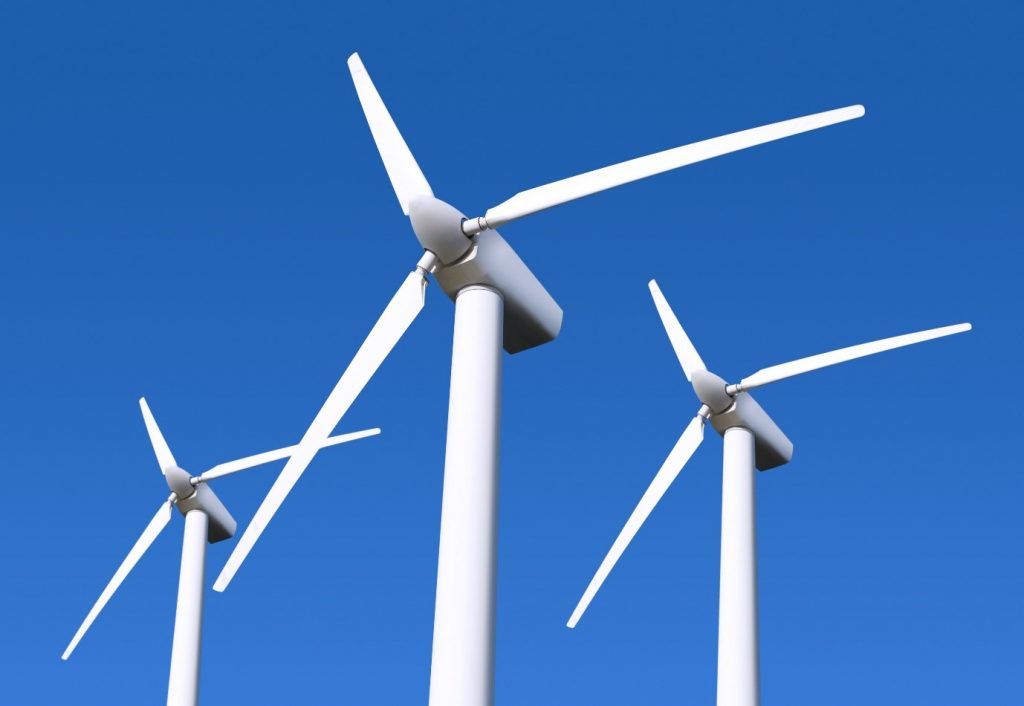Scientists have long determined that climate change is a consequence of human industrialisation, poor resource management, and unsustainable lifestyles, but it is not going to go away without human action either. Countries and international alliances around the globe have set their targets to mitigate the negative impact of climate change.
The Paris Agreement, a global initiative involving 195 countries, is seeking to limit the global temperature increase to 1.5°C, as anything above would have a detrimental impact on our planet.
What is Europe facing?

In 2018 the United Nations’ Intergovernmental Panel on Climate Change warned that without adequate measures and drastic greenhouse gas emission cuts, the planet is facing catastrophic and increasingly hot climate, meaning heat waves, frequent floods, prolonged droughts, crop failures, and mass extinction.
Europe has already experienced the two warmest decades in recorded history, and extreme weather has already caused a number of catastrophic events such as:
- Extreme heatwaves
- Severe droughts
- Crop-damaging floods
Last year meteorologists recorded a 5°C increase in temperature above Arctic Circle, which is drying out the Arctic sea and putting Nordic flora and fauna at risk.
If climate change worsens, it will impact not only global biodiversity, public health, and food diversity, but also infrastructure, the global economy, and political stability. Furthermore, the vast majority of countries would struggle to recover from such frequent extreme weather events.
The European agricultural system relies on a stable environment, fertile soil, and rainfalls that enable crop growth. With risks of floods and already present wildfires, the farming industry cannot rely on the weather. Furthermore, climate change also comes with a decrease in the insect population, which is crucial for fertile soil.
Unfortunately, farming and agriculture are among the root causes of climate change, as the production methods, such as the use of pesticides, are polluting both the soil and the air. The food system is responsible for 25 per cent of the greenhouse gases and temperature rise, of which the livestock accounts for 14.5 per cent.
With the global population increasing, it is crucial to develop a sustainable resource management system alongside new farming methods.
The European climate vision

Over the past couple of years alone, weekly student climate change strikes, plant-based diets, green agendas, and sustainability policies have become mainstream; climate change is in the public eye more often than immigration. A 2017 Eurobarometer EU-wide survey found that 92 per cent of EU citizens acknowledge climate change to be a severe issue.
In 2018 the European Commission set out an ambitious goal to achieve carbon neutrality by 2050, a state where any C02 emissions are compensated by green measures such as tree planting, technological solutions, circular economies, and motivating citizens to act in alignment with this goal.
What are the prospects of achieving this goal? Greenpeace, for one, has criticised the goal over its lack of specific industry targets, especially in fields like food, transport, and FMCG, which contribute to greenhouse gas emissions.
It’s also worth noting that articular industries have larger carbon footprints than that of some countries; for example, the tobacco industry produces more greenhouse emissions than Israel, an associated state of the EU.
The EU Commission and several member states, including Spain and France, are advocating for 25 per cent of the EU budget to be dedicated to climate change. The budget contribution might fluctuate, however, with the UK, the second biggest contributor to the EU budget, leaving the EU.
Among the 2030 climate & energy framework, EU-wide targets are to reduce C02 gas emissions by 40 per cent and increase renewable energy to 32 per cent or more in comparison to the levels before 1990, as well as to achieve at least 32.5 per cent improvement in energy efficiency. The Paris Agreement also imposes monitoring and reporting rules on the parties involved, including the EU member countries.
EU member states are also obliged to adopt the National Climate and Energy Plans for 2021 and 2030, as well as to set out their own individual long term climate policies by the end of the year. For example, Finland is aiming high at an 80 per cent reduction rate of greenhouse gas emissions by 2050.
How are the European countries progressing so far?

According to the European Commission, the EU is set to meet the 2020 climate and energy targets, and in the process of developing a framework that will ensure achieving 2030 C02 emission reduction and offsetting goals.
A 2017 Eurostar research shows that Sweden and Finland were leaders among the European countries with more than 40 per cent share of energy from renewable sources, closely followed by Latvia and Denmark. The UK has greatly increased its 2018 renewable energy share of 33 per cent to 37.4 per cent in the first quarter of 2019.
At the end of the day, man-made climate change is in the hands of political leaders and policymakers; Germany has a very successful Green party, and is popular amongst young voters, with more than a third of first time voters choosing to vote for the Green party.
Young people are at the forefront of the environmental movements, and earlier this year in March, more than 1.5 million students in 123 countries made history by walking out of their classrooms to participate in a global climate strike, calling for more action against climate change.
Apart from politics, ideology plays a significant role in people’s cooperation with changing their lifestyle to reduce their carbon footprint. Some people are more anti-authoritarianist in their approach to life, therefore not liking to be told to use their car less and commute more often.
The geographic location is a crucial factor as well, as Finland’s ambitious C02 reduction goals are driven by the twice as high warming rate than the global average. Finland has warmed for approximately 2°C since the middle of the 19th century, which is double the global average increase.
Scotland is actively fighting climate change by planting trees that offset around 9.5 million CO2 emissions annually. Currently, 84 per cent of new tree planting in the UK takes place in Scotland.

Only a joint effort to reaching net-zero greenhouse gas (GHG) economy will result in success. The rest of the world should take an example of Europe.
What can we Europeans do on an individual level?
- Improve your energy efficiency, for example, by switching to LED lights and using your tumble drier less often.
- Choose greener mobility; reduce your mileage and keep your car in good shape, as the manufacturing and distribution of a new vehicle will leave a larger carbon footprint than using fossil fuel.
- Fly less frequently and plant trees to offset the carbon footprint.
- Eat less meat as cows and sheep emit a large quantity of methane, which contributes to warming.
- Improve your heating by properly insulating your house.
- Consume less by purchasing fewer and better things from companies that have clear sustainability policies.
